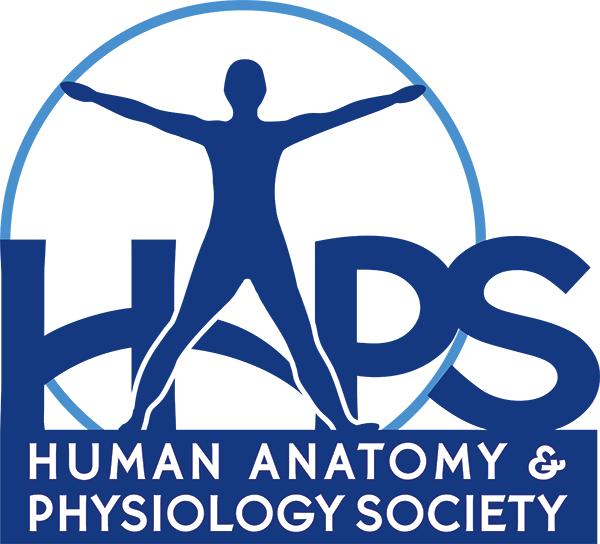HAPS Web 9- The HAPS Learning Outcome Project
HAPS has a long history of developing resources for educators of human anatomy and physiology. In 1992, the HAPS Core Curriculum Committee issued Course Guidelines for Introductory Level Anatomy & Physiology (now Course Guidelines for Undergraduate Instruction). This document was originally…
